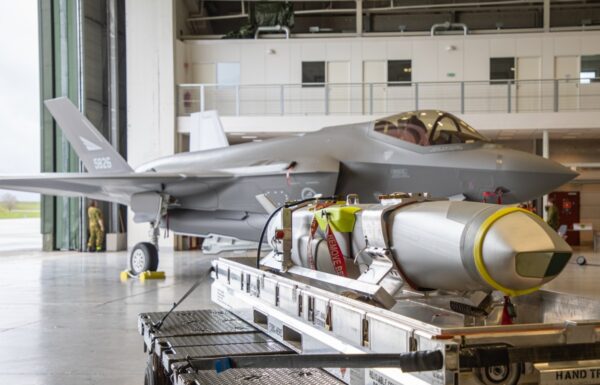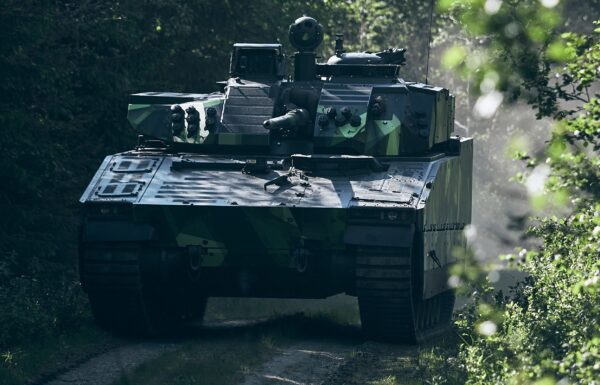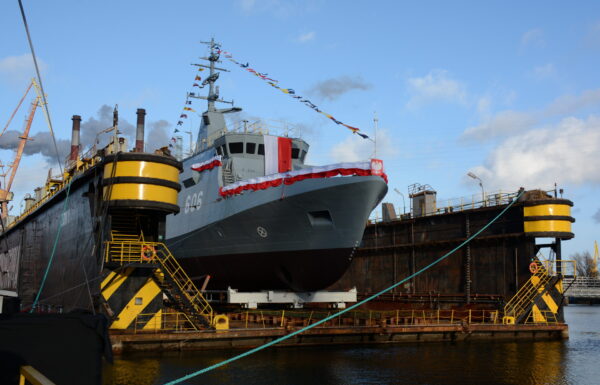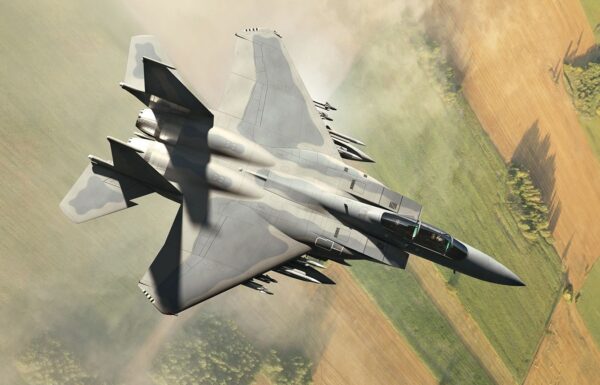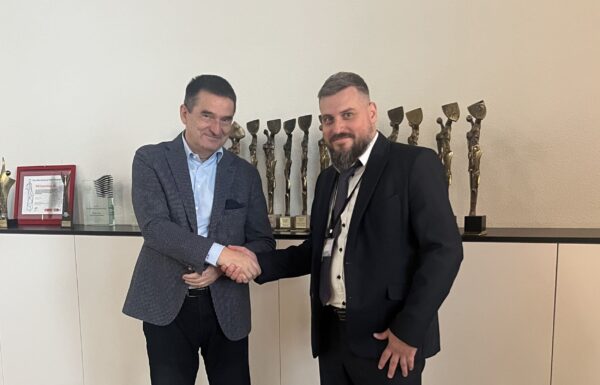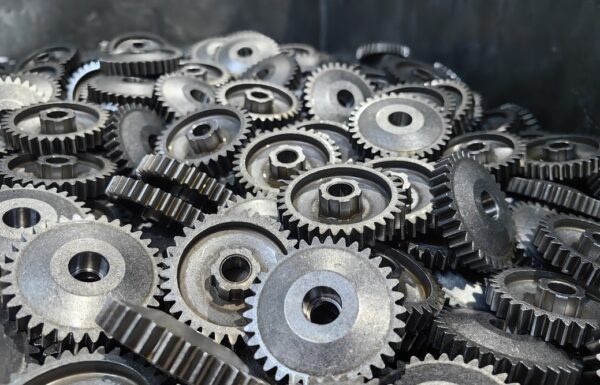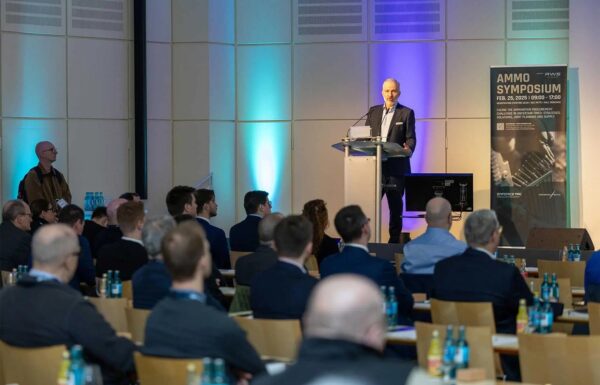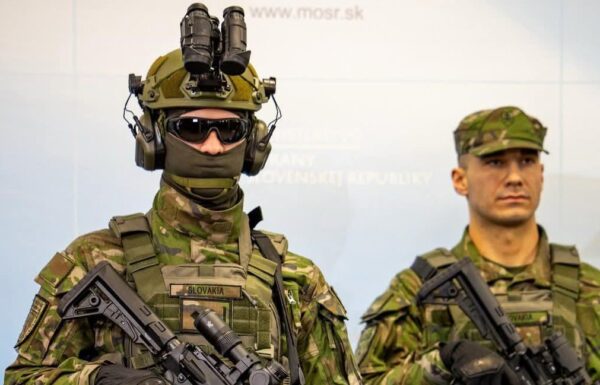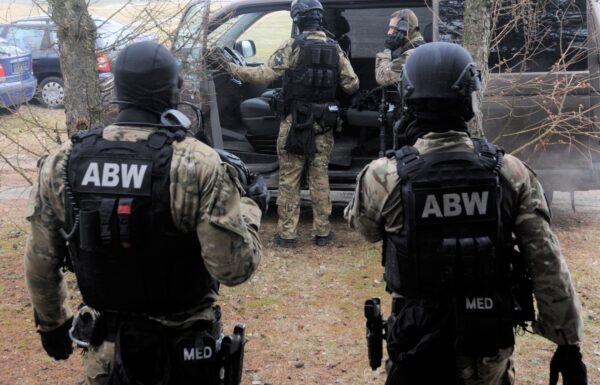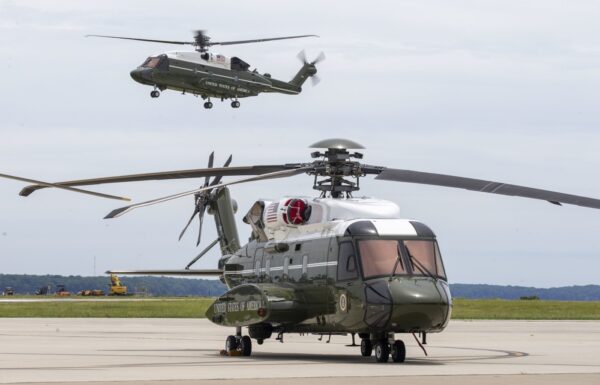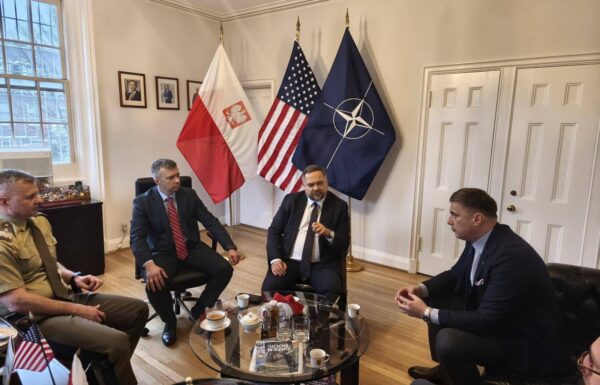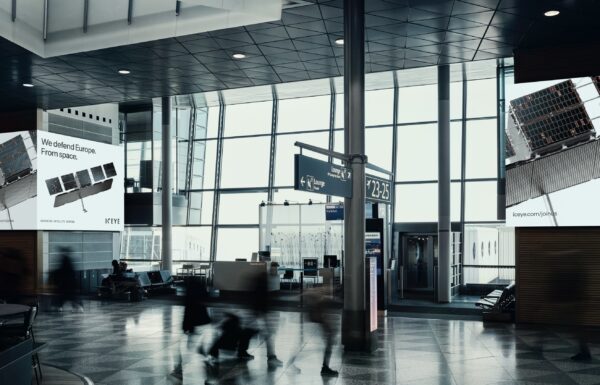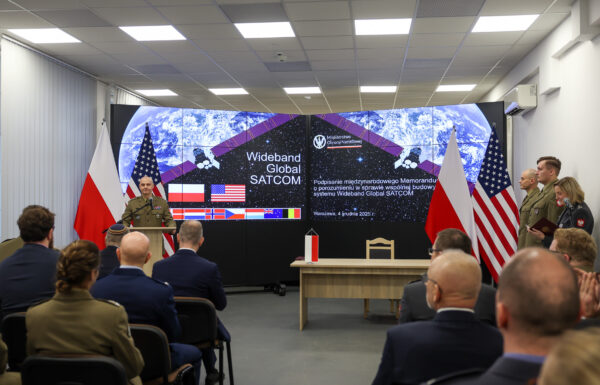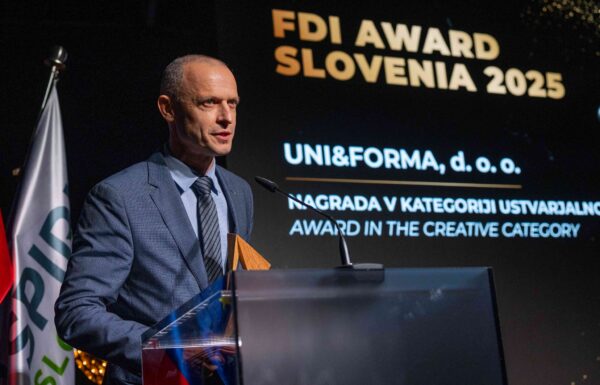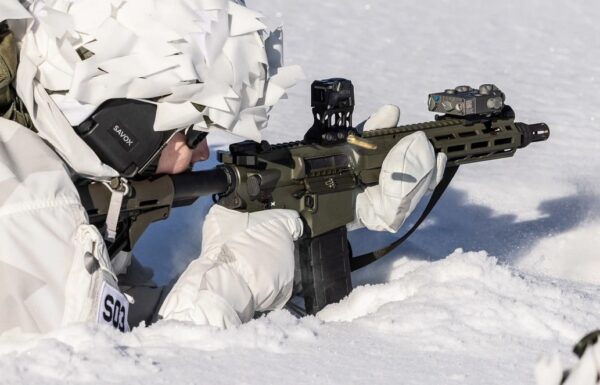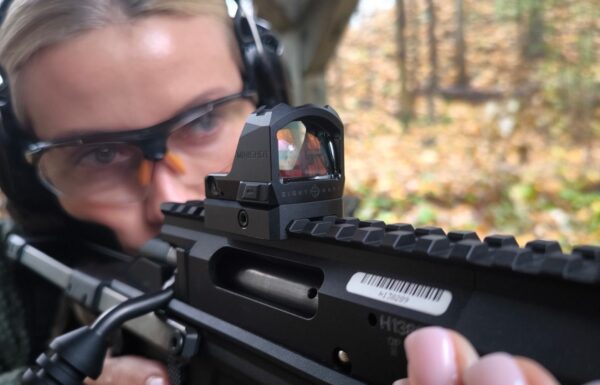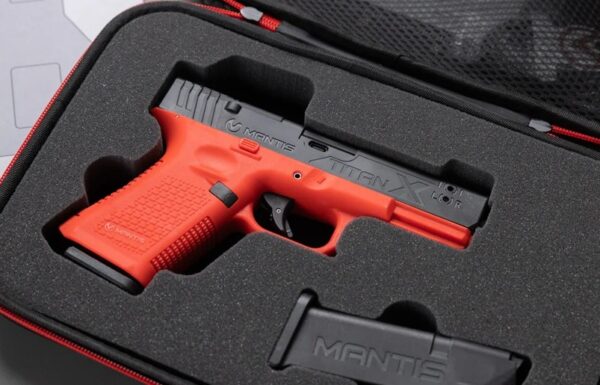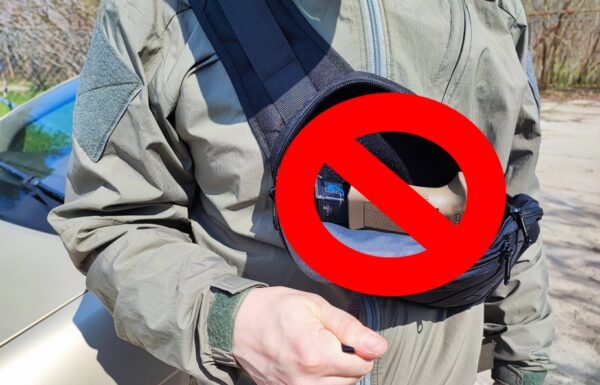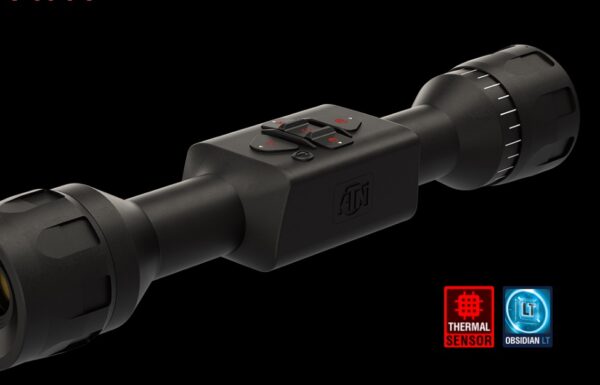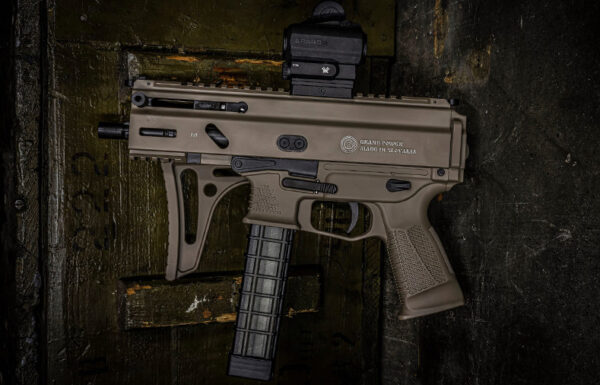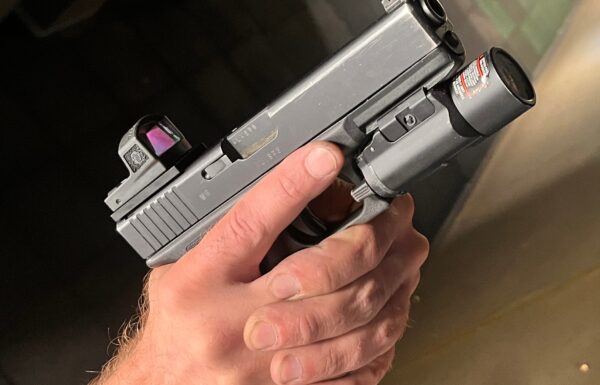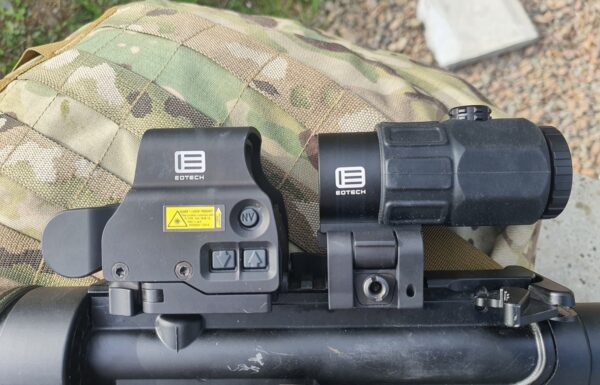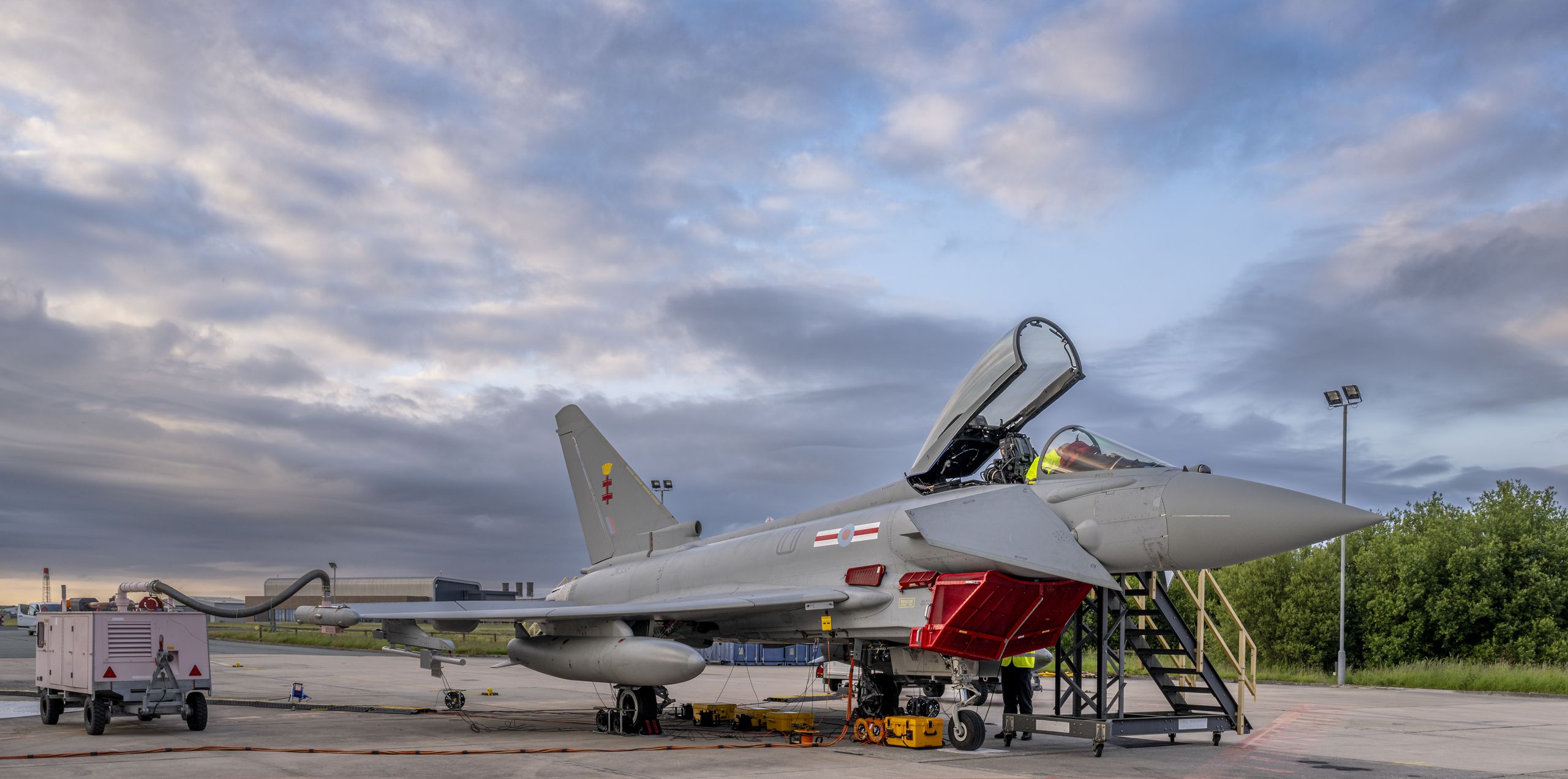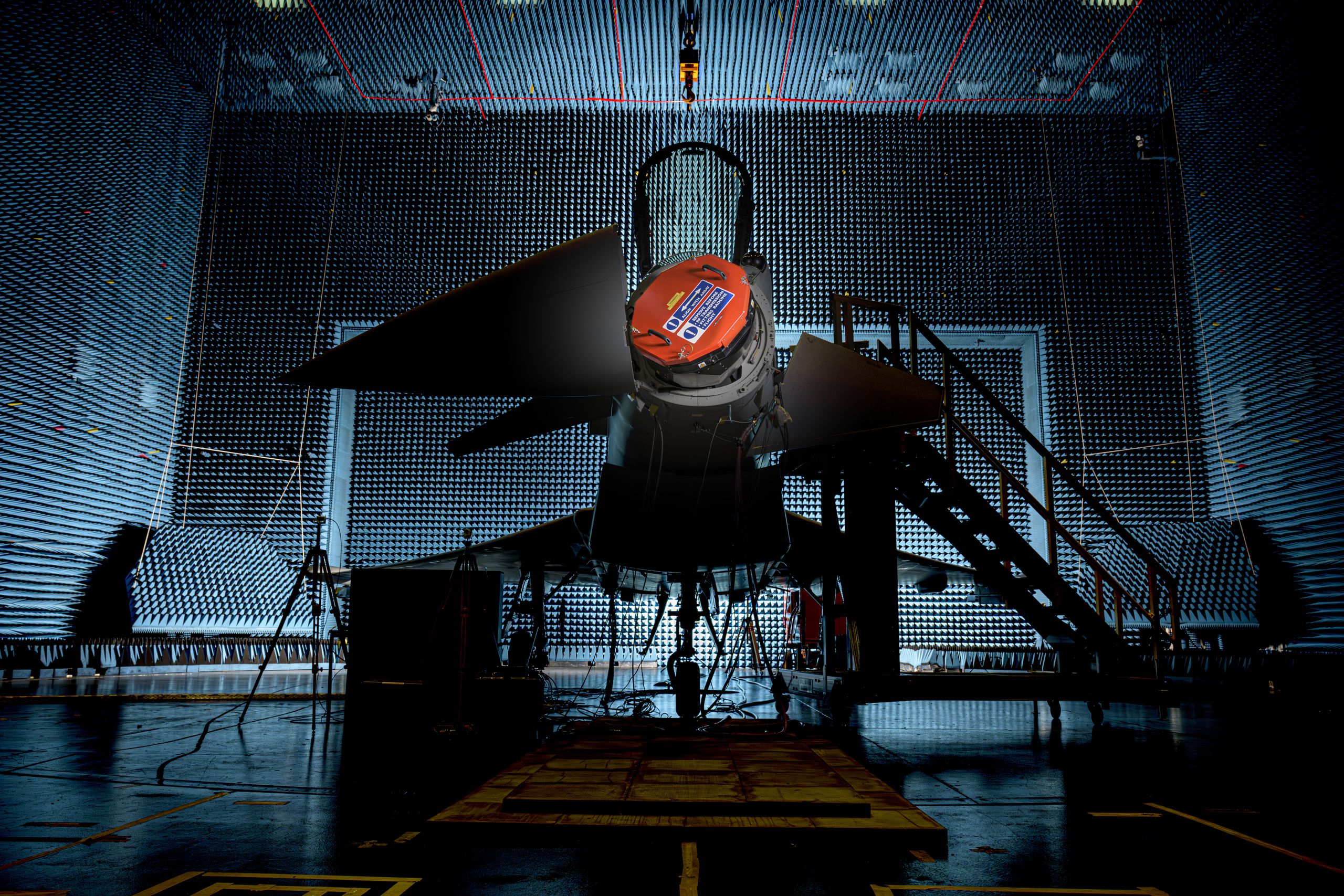On Friday, September 27, 2024, the press service of the British Royal Air Force (RAF) announced that, in collaboration with BAE Systems, they had conducted the maiden flight of the first Eurofighter Typhoon FGR4 multirole aircraft, equipped with a prototype of the new version of the Captor E-Scan radar featuring an Active Electronically Scanned Array (AESA) antenna, named ECRS Mk.2 (European Common Radar System Mark 2).
The maiden flight took place from BAE Systems’ company airfield at Warton Aerodrome in Lancashire, in northwestern England, where the research and development center is located. The radar system was delivered for integration on March 31, 2023, and this work was completed by the end of the year, including ground tests in an anechoic chamber, all in accordance with the planned schedule outlined in the contract.
After the successful completion of flight tests, serial production of the radars will begin to upgrade 40 Eurofighter Typhoon FGR4 (Tranche 3) aircraft. The new radar system in the aircraft will also be complemented by the Pirate passive electro-optical system.
“Evolution of Typhoon’s air combat capability is paramount to ensure Typhoon continues to deter potential aggressors, defend our nation and defeat our adversaries wherever we need to fly and fight whether for the UK or in our staunch support to the NATO alliance. This first flight of this ECRS Mk2 prototype new radar in the test aircraft is a positive step towards ensuring this,” said Air Commodore Nick Lowe (Head Capability Delivery Combat Air and Typhoon Senior Responsible Officer, RAF).
“This is another landmark moment in this strategically important programme which will provide the RAF with battle-winning technology that gives them the edge to protect the nation. The ECRS Mk2 radar will further transform Eurofighter Typhoon’s control of the air and provide exceptional capability our adversaries will struggle to match,” added Nick Moore, Typhoon DepHd Capability Acquisition at DE&S (Defence Equipment & Support).
The ECRS Mk.2 program has been formally underway since November 2014. The Italian headquarters of Leonardo is a partner in the project, and the new radar systems were also intended to be installed on the Eurofighter F-2000A Typhoon aircraft belonging to the Italian Air Force (Aeronautica Militare). However, it appears that the government in Rome has withdrawn from its part of the project.
The first funds for the development of the radar were allocated by the British Ministry of Defence at the beginning of September 2020. The main contract, worth 2.35 billion GBP, was signed on July 15, 2022. The integration of the serial radars with the aircraft is scheduled to take place between 2025 and 2030.
The new radar will enhance the operational capabilities of British aircraft by improving the ability to simultaneously detect, identify, and track both air and ground targets. It will also provide the capability for electronic attack and jamming of high-power enemy electronic signals. Additionally, the aircraft will be equipped with new mission computers.
The modernization program will secure 1,300 highly skilled jobs in the country (initially, it was mentioned that over 600 jobs would be created – editor’s note): at Leonardo UK’s facilities in Edinburgh, Leonardo MW’s facilities in Luton, BAE Systems’ Warton Aerodrome in Lancashire, and 100 jobs at the Dunfermline site, along with 50 jobs at the subcontractor Meggitt in Stevenage (while the entire Eurofighter Typhoon program generates over 20,000 jobs in the country).
These efforts, as part of the Long-Term Evolution (LTE) plan, will ensure the aircraft remain in service at least until 2040. After that time, it is planned to introduce the British-Italian-Japanese 6th generation multirole aircraft under the Global Combat Air Programme (GCAP), replacing the previously planned Tempest (UK and Italy) and F-X (Japan) initiatives.
An advanced new radar, which will protect RAF Typhoon pilots of the future, has taken to the skies for the first time. ✈️
Read more 🔗 https://t.co/1CeD2405TQ#SecuringTheSkies pic.twitter.com/BV8UJ9xuKA
— Royal Air Force (@RoyalAirForce) September 27, 2024
🚀A @eurofighter Typhoon equipped with an advanced new radar has made its first flight today.
The @RoyalAirForce jet carrying a prototype of the ECRS Mk2 radar flew from our site in Lancashire at the start of a test programme supported by @Leonardo_UK.https://t.co/o4J2KPTOXT pic.twitter.com/h5ronP18Nq
— BAE Systems Air (@BAESystemsAir) September 27, 2024


